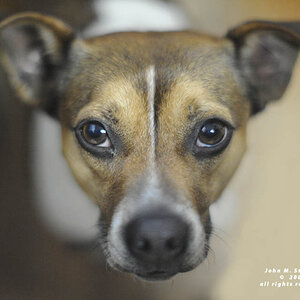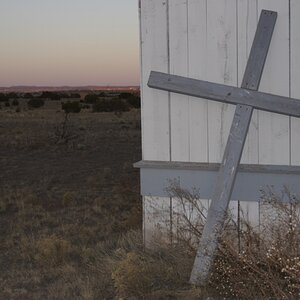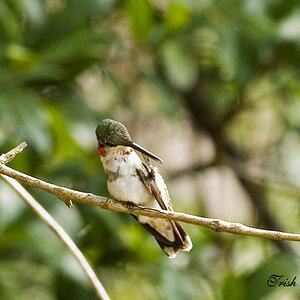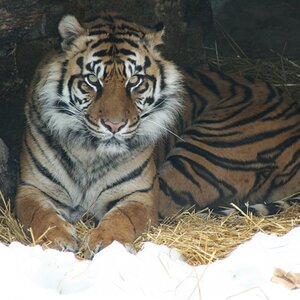seananguswatson
TPF Noob!
- Joined
- Apr 6, 2015
- Messages
- 13
- Reaction score
- 2
Hi all,
In June I'll be taking a trip to Europe for 5 weeks and I'm trying to come out of it with quite a lot of photos. As of right now, it's looking like I'll be bringing only my Canon T3i and the kit EF 18-55mm. I may bring the 50mm 1.8 as well because it's so small and considerably sharper than the kit lens, but we'll see, space is limited.
What tips and tricks do any of you know about increasing picture quality using a relatively cheap lens? I understand that for the most part, quality of image is going to come down to my skill as a photographer, but I'm wondering if there's any tricks of the trade that I'm missing. I'm still relatively new to all this.
In June I'll be taking a trip to Europe for 5 weeks and I'm trying to come out of it with quite a lot of photos. As of right now, it's looking like I'll be bringing only my Canon T3i and the kit EF 18-55mm. I may bring the 50mm 1.8 as well because it's so small and considerably sharper than the kit lens, but we'll see, space is limited.
What tips and tricks do any of you know about increasing picture quality using a relatively cheap lens? I understand that for the most part, quality of image is going to come down to my skill as a photographer, but I'm wondering if there's any tricks of the trade that I'm missing. I'm still relatively new to all this.


![[No title]](/data/xfmg/thumbnail/37/37114-2bba6b6cc4df1fe53588503fb35af8dd.jpg?1619737883)



![[No title]](/data/xfmg/thumbnail/32/32005-d13a0bcc56327c42bd32dff4b0776658.jpg?1619735150)

![[No title]](/data/xfmg/thumbnail/32/32004-4455324f0b4b5cc318dd35877147ac47.jpg?1619735148)
![[No title]](/data/xfmg/thumbnail/42/42487-e35b2848c41aeeb5a93f21809f036a1d.jpg?1619740196)
![[No title]](/data/xfmg/thumbnail/41/41901-789e8104ff95e5862c8f07611e3c34c0.jpg?1619739938)
![[No title]](/data/xfmg/thumbnail/40/40288-4d5d7a8aa74ddfceb5fb82062d9b21be.jpg?1619739409)

